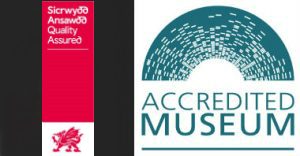The area around Swansea has been occupied for many thousands of years, with the oldest known human remains being the Red Lady of Paviland which have been dated from 22,000 BC.
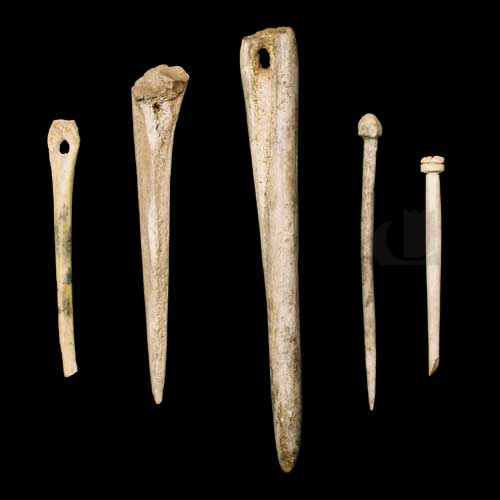
Archaeology
Read more about cave finds, the Egyptian mummy named Hor and the Pleistocene period on the archaeology pages.
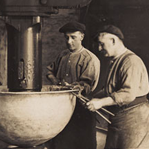
Industry
Read more about Swansea during the 19th century, tinplate production and the famous Swansea Porcelain.
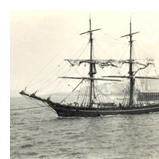
The Sea
Discover Swansea’s fascinating maritime history, from its Elizabethan river-side quay to its years as a popular seaside resort.
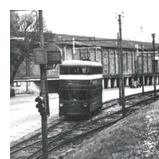
The Mumbles Train
Read more about the The Mumbles Railway, the first railway in the world to regularly carry passengers in 1807.

World War II
Find out more about Swansea during the war, and as a major port with an industrial hinterland being an obvious target for the Luftwaffe.
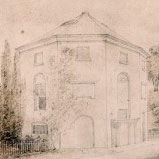
Old Houses and Places
Take a look at a selection of paintings and early images of Swansea,
which can be found in the collection of Swansea Museum.
